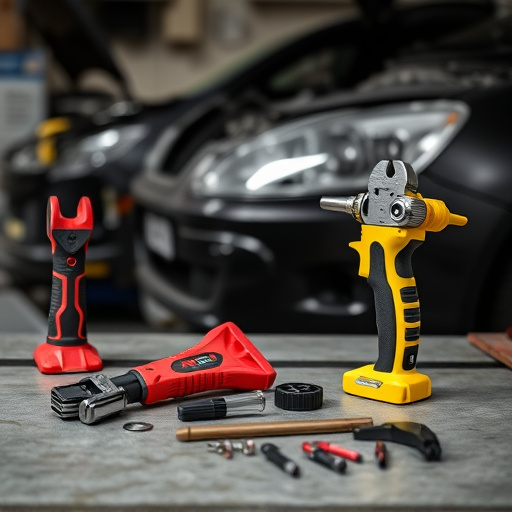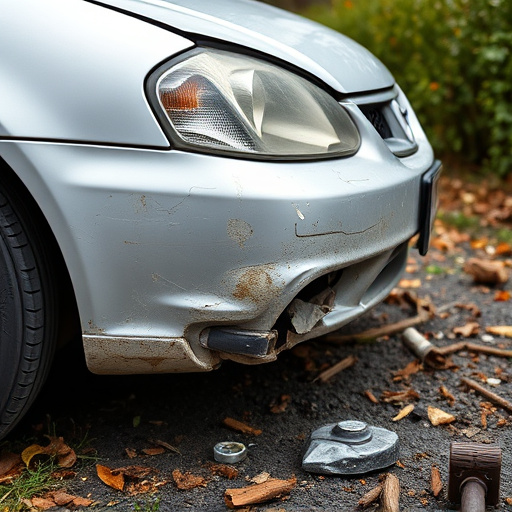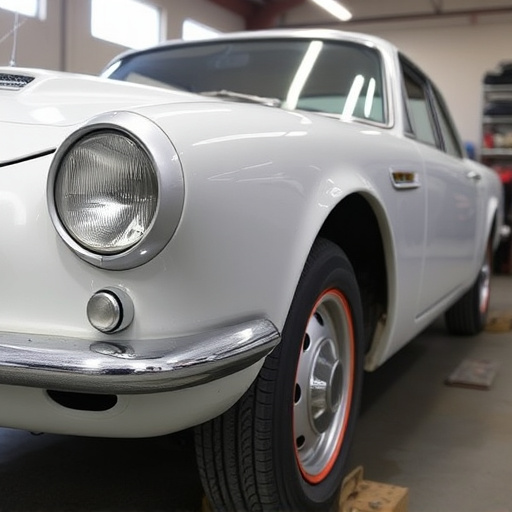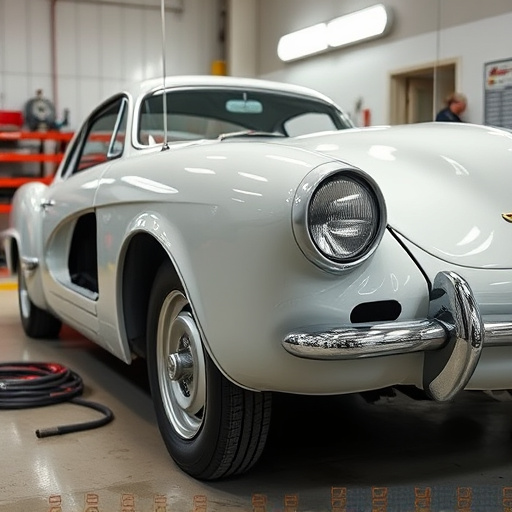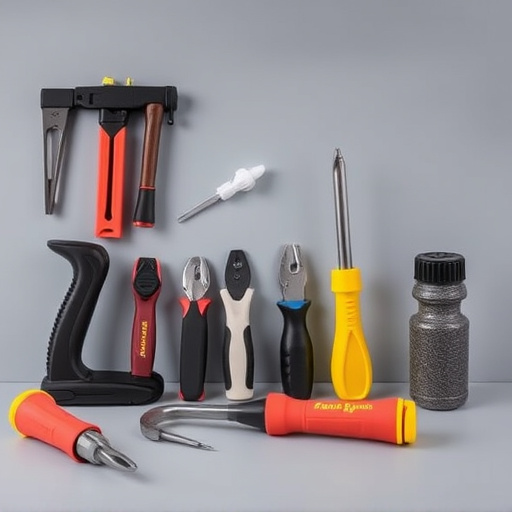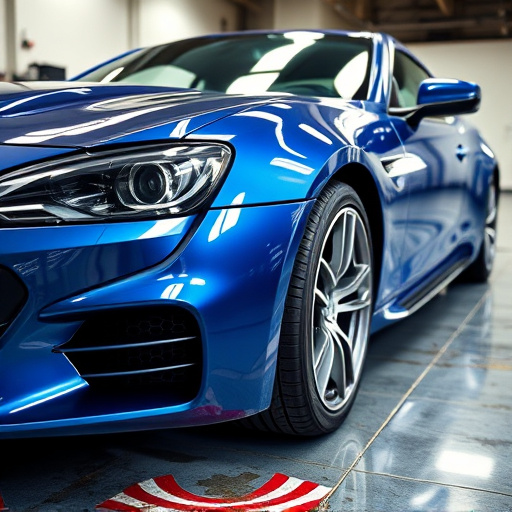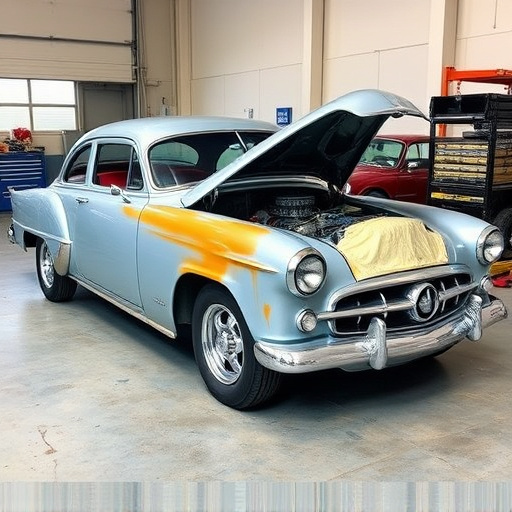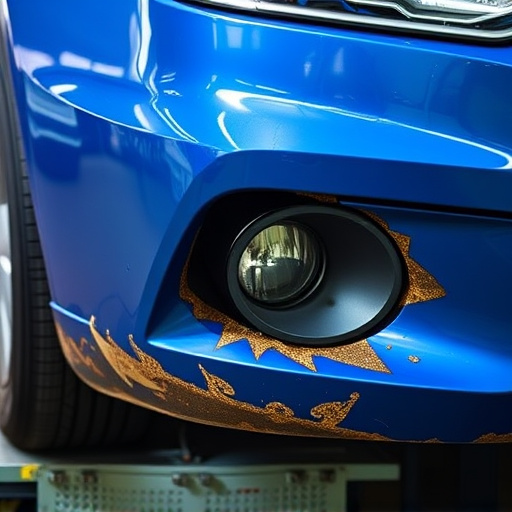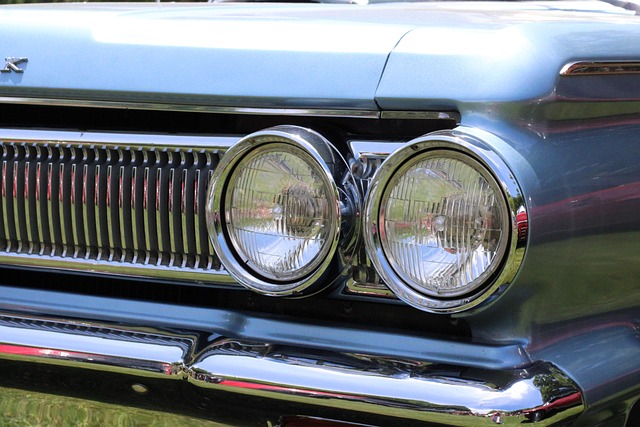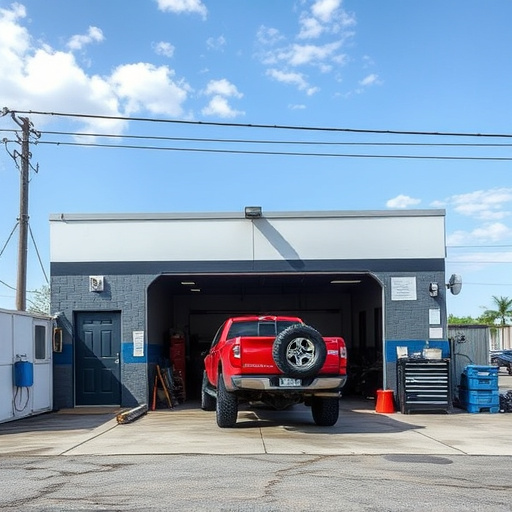Color spaces and profiles are crucial for achieving precise custom color matching in autobody repairs, bridging digital and physical interpretations of colors. Tools like CMYK value analyzers ensure accuracy in matching original shades, identifying deviations due to ink or printing techniques. Optimizing print settings with calibrated printers and high-quality ink enhances consistency, especially for demanding applications like vehicle restoration.
Troubleshooting custom color matching issues can be a daunting task, but with the right knowledge, it becomes manageable. This article guides you through the process of identifying and resolving common problems in custom color matching. We’ll delve into understanding color spaces and profiles, spotting deviations in CMYK values, and optimizing print settings to ensure accurate reproduction. By following these steps, you’ll enhance your ability to achieve precise and consistent custom colors every time.
- Understanding Color Spaces and Profiles
- Identifying Deviation in CMYK Values
- Optimizing Print Settings for Custom Colors
Understanding Color Spaces and Profiles

Color spaces and color profiles play a pivotal role in custom color matching for autobody repairs or collision repair services. Each device, be it your computer monitor or a smartphone screen, interprets colors differently due to varying display technologies. To ensure accurate custom color matching, understanding these color spaces is essential. Color profiles help calibrate devices, ensuring that the displayed color matches the intended original shade as closely as possible.
This is particularly crucial when dealing with scratch repair or autobody repairs, where clients demand precise restoration of their vehicle’s original paint job. By managing and understanding color spaces and profiles, automotive professionals can bridge the gap between digital representations and physical outcomes, delivering satisfying custom color matching results for every project.
Identifying Deviation in CMYK Values

When dealing with custom color matching, particularly for automotive applications like Mercedes Benz repair, it’s crucial to pay close attention to CMYK (Cyan, Magenta, Yellow, Key/Black) values. Deviation in these values can lead to colors appearing off, resulting in subpar car damage repair work. To identify such deviations, start by comparing the original color sample with the recreated one using a color spectrum analyzer or a digital color-matching tool. These tools break down the CMYK values and provide precise measurements, allowing for easy detection of any discrepancies.
For instance, if the intended color is represented as CMYK (100, 50, 0, 20) but the recreated color shows as (95, 48, 2, 18), there’s a noticeable deviation. This could be due to variations in ink quality or printing techniques, especially during automotive repair services. Once identified, these deviations can be adjusted by fine-tuning the CMYK values or considering alternative sources for custom color matching materials to ensure accurate and lasting results.
Optimizing Print Settings for Custom Colors

When it comes to achieving precise custom color matching during printing, optimizing your print settings is a critical step that often gets overlooked. Start by ensuring your printer is calibrated and that you’re using high-quality, name-brand ink or toner cartridges. This reduces variability in color output, which is particularly important when attempting to match specific shades. Next, adjust your print settings to reflect the type of paper you’re using. Different papers have varying absorptive properties, which can affect how ink adheres and blends, impacting the final color outcome.
For instances relevant to vehicle body repair, auto body repairs, or car body restoration, consider the reflective qualities of the paint being matched. Metal and plastic surfaces reflect light differently than traditional paper, so tweak your print settings accordingly. Increasing the print density slightly can help ensure the ink penetrates the surface enough for accurate color matching in these scenarios. Additionally, using a print mode that offers higher precision, such as high-quality or photo mode, allows for more control over color output, promoting better results when attempting to match custom colors accurately.
Troubleshooting custom color matching issues requires a deep understanding of color spaces, profiles, and print settings. By mastering these concepts and implementing the strategies outlined in this article—from recognizing CMYK value deviations to optimizing print settings—you’ll enhance your ability to achieve accurate custom colors consistently. This ensures that your designs, whether digital or printed, accurately represent your intended vision, creating a seamless experience for both creators and consumers alike.

